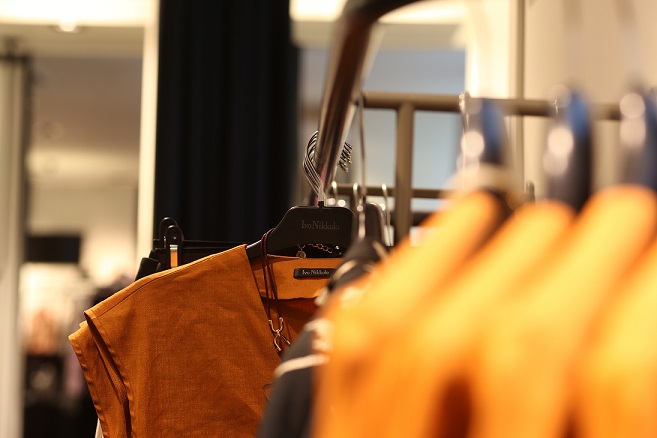
If you are in the garment manufacturing business or you are pursuing an apparel production or apparel merchandising course, you might be interested in understanding garment costing.
I am writing this post to answer the questions asked by an OCS reader.
I answered these inquiries briefly and to the point. In case you have more questions related to garment costing, you can send your queries to me.
Inquiry:
I have posted articles on fabric consumption and material consumption. You can refer to these articles.
I hope you find useful notes and links to valuable resources on this subject.
Can you please share notes or study material on garment costing? Need more information on fabric rates, cuttable width, CAD, consumptions, etc.
Regarding notes or study material on garment costing
Garment costing is a process of deriving garment costs including all the cost variables incurred in processing the garment to a final product. For example, material costs, labour costs, overhead costs, and administration costs are various cost components.
There are various methods of estimating garment costs used by professionals in the fashion apparel and fashion industry. You can learn it by reading books and notes.
Read the "Garment Costing Guide for Small Firms in Fashion Value Chains" eBook by ITC.
I have posted a few articles on garment costing topics. You can refer to these articles under the label 'Costing'. Here are some useful articles.
- Garment Costing and Pricing Strategies
- Garment Costing Sheet
- Cost Structure of Garment FOB (One case)
- Garment Costing and Pricing Method (YouTube Video session)
Here is a book I would refer to you on this subject.
You can also read books written on garment costing. On Amazon store you can get a list of a few books on 'Apparel costing'.
Explore Slideshare.net portal. There you will find many documents and presentations on garment costing. Here is an example.
For more information, please explore the internet for study material on garment costing.
Explanation of a few cost factors (related terms):
1. Fabric Rates:
Fabric rate is the price of fabric per unit length or unit weight. Fabric price is quoted per meter or per yard or per Kg depending on the fabric type.
Fabric rate variable and dynamic in nature. There are wide ranges of fabrics for different apparel product groups. You will get a better idea of fabric prices by contacting fabric suppliers on your specific requirement. My suggestion, be specific to your product (garments) and contact your selected supplier for fabric quotes.
2. Cuttable width:
The maximum width of the fabric that you can cut for garment patterns (included in marker) is called cuttable width. In woven fabrics, you can not use the selvedge in garment parts. So, normally the selvedge are excluded in the marker.
While ordering fabrics for your style (garment order), you need to decide what is your required fabric width and in the sourced fabric what is the cuttable fabric width. Depending on the fabric width, fabric consumption will vary.
CAD is software used for digital pattern making, pattern grading and nesting, and marker making. Read more about the CAD system and CAD solution providers. You can estimate fabric requirements per garment (size-specific garments) from the CAD marker.
4. Consumption:
Consumption is calculated for fabric consumption and other material consumption. Fabric consumption can be defined as the linear meter of woven fabric or Kg of knitted fabrics required to make a single garment. So here also you need to be specific.
I have posted articles on fabric consumption and material consumption. You can refer to these articles.
- How Do We Calculate Fabric Consumption for Garments?
- Is there any formula to find out woven garment consumption without CAD?
- How Can We Calculate Fabric Consumption without Mini Maker from CAD or any Pattern?
- What is fabric cost and consumption in garment making?
I hope you find useful notes and links to valuable resources on this subject.
